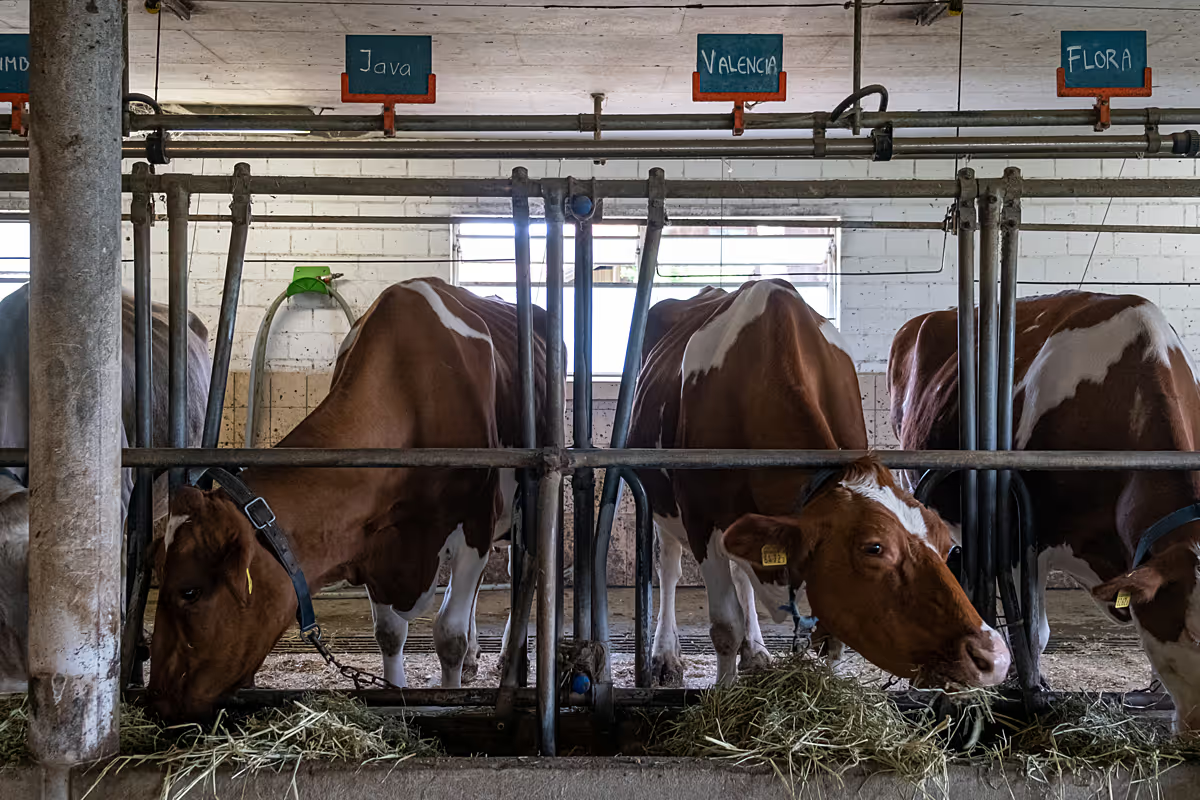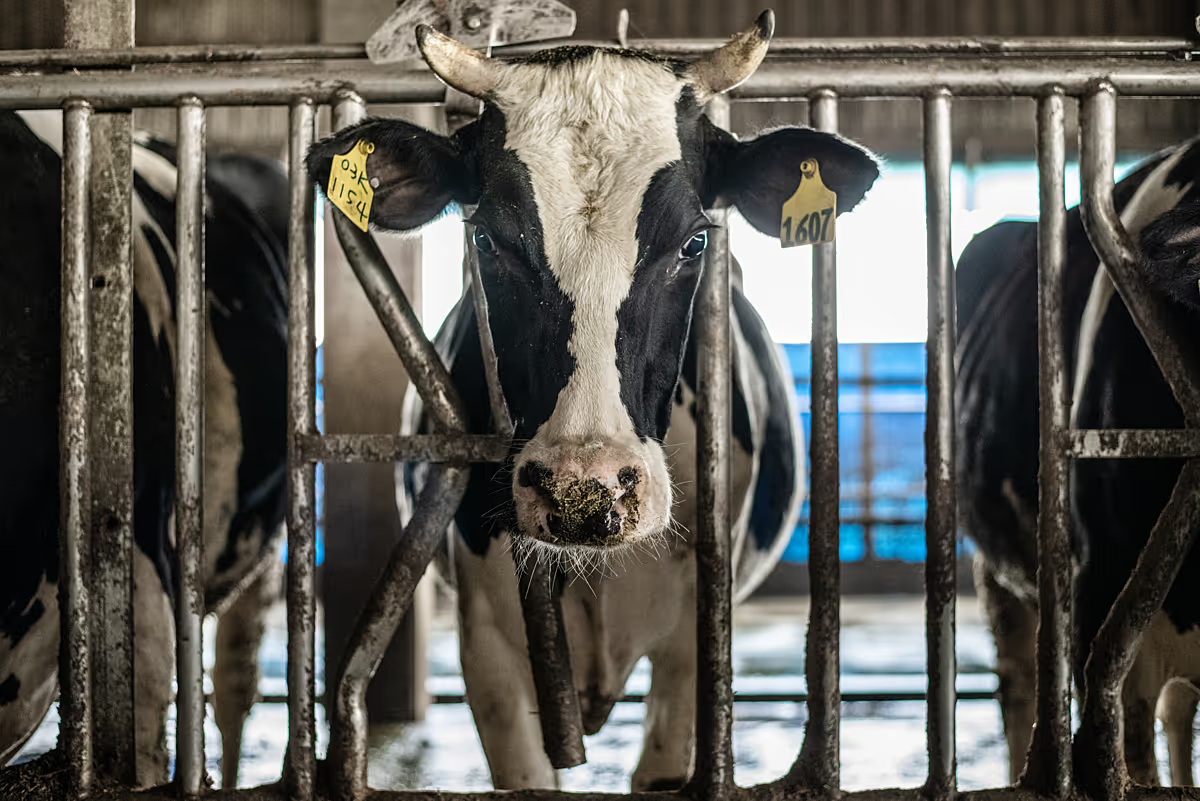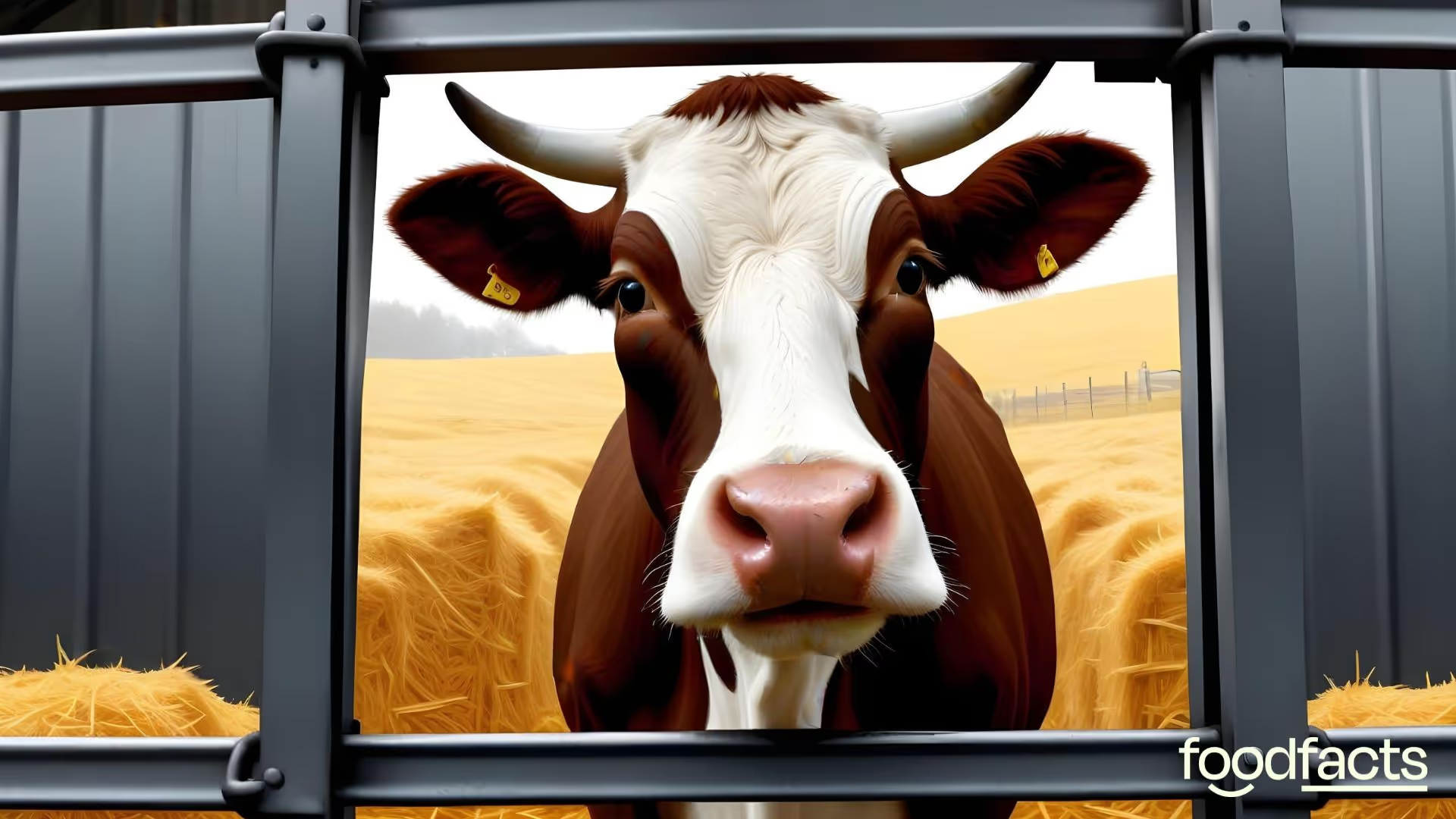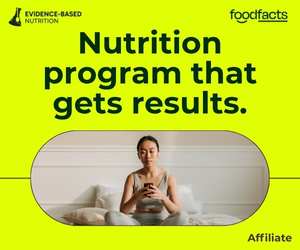
What does “grass-fed” really mean? The meaning behind the label





Coral Red: Mostly False
Orange: Misleading
Yellow: Mostly True
Green: True
Learn more about our fact-checking policies
Many consumers choose grass-fed beef because they believe it’s more ethical, sustainable, or nutritious than conventional meat. The image is compelling: cows grazing freely in lush, open pastures. But in practice, the term grass-fed doesn’t always align with that vision. In this piece, I break down what grass-fed really means, uncover some common misconceptions, and offer guidance on how to make informed choices.
Is There a Legal Definition for “Grass-Fed” Beef?
Not anymore. The USDA once maintained a voluntary standard stating that grass-fed animals must be fed only grass and forage after weaning. But in 2016, the USDA withdrew its official definition and label standard, leaving approval in the hands of the Food Safety and Inspection Service (FSIS).
Now, individual producers define their own criteria for “grass-fed,” and FSIS simply reviews whether a label is “not misleading.” This has opened the door to a wide range of interpretations—from animals raised on open pasture to those kept in confinement and fed dried grass indoors. For consumers, this creates a significant trust gap between what the label suggests and what’s actually happening on the farm.

Do Grass-Fed Cows Really Eat Grass on Pasture?
Surprisingly, many do not. In colder or drier regions, or during winter, cows labeled as grass-fed are often kept indoors and fed grass in the form of hay, silage, or other forage crops. While this meets the dietary requirement, it falls short of the image of cows grazing freely in natural fields. Farmers explain that they keep cows indoors during winter to protect them against the cold climate, give the pasture a chance to recover, ensure adequate supplies of food, and improve manure management. However, a growing number of farmers are keeping cows indoors all year round.
As many producers rely heavily on confined feeding of forage, especially during finishing (the final months before slaughter), these animals may only spend a small amount of their life on actual pasture.
This distinction matters—not just for the animal’s experience, but also for environmental and welfare outcomes. The idyllic pasture image comforts consumers, but it doesn’t reflect the more industrial reality behind many products.

Is Grass-Fed Beef Better for the Environment?
This is where things get even more complex. While it’s often assumed that grass-fed cattle are better for the planet, the data paints a more nuanced picture.
Grass-fed cows generally take longer to reach slaughter weight compared to grain-fed cattle. That extended lifespan leads to more methane production—a potent greenhouse gas. High-forage diets can significantly increase methane emissions, and other research shows that the carbon footprint of grass-fed beef can be up to 42% higher than that of grain-fed beef when factoring in land use, emissions, and water consumption.
So while grass-fed systems may avoid the concentrated waste and pollution of feedlots, they can carry other ecological costs—especially when scaled to meet demand.
It also depends on where the cows are being farmed. If the land is already pasture, then there is a stronger argument in support for grass-fed cows, yet research shows that simply allowing these areas to rewild free of livestock is the best thing we can do for the environment. However, if companies are cutting down lush and biodiverse parts of rainforests in order to grow grass to claim that they have grass-fed beef, we can clearly see that not farming cows at all is the more (and most) sustainable option.
Is Grass-Fed Beef More Humane for Animals?
Many people assume that grass-fed animals live happier, more natural lives—but the label itself offers no guarantees about animal welfare. It only describes diet—not space, social interaction, or quality of life.
Without robust third-party oversight, “grass-fed” animals could be confined in crowded barns, with minimal enrichment and no guaranteed access to the outdoors, especially during the finishing stage of production. The key distinction here is between grass-fed and pasture-raised, and even that difference isn’t always clear on product labels.
If you want to eat beef that comes from higher-welfare systems, look for certifications that include both feeding and living standards—such as Certified Grassfed by A Greener World (AGW), which requires continuous pasture access, no feedlots, and strong welfare criteria. However, beef that comes from these systems often results in higher emissions, as the cows take longer to reach slaughter weight and have greater land use. Cows farmed according to practices of regenerative grazing can contribute to improved soil health and carbon sequestration. Of course, the best way to ensure high animal welfare and minimal environmental impact is not to put animals in farms at all.

Why Do People Think Grass-Fed Is Healthier and More Ethical?
Marketing is a big reason. Food producers know that consumers associate grass-fed with natural, ethical, and environmentally friendly farming. That perception boosts sales and justifies premium pricing.
But without strong regulations or standardized definitions, the term has become a feel-good label that may not reflect meaningful differences in farming practices. Consumers often overestimate what the label guarantees, trusting imagery that rarely matches reality. This imagery is also used for meat produced from fully-indoor farms, so this issue of false marketing is not confined to just grass-fed cows.
This is why transparency matters. Ethical food systems depend on honest communication—especially when it comes to animal welfare and sustainability.
"Grass-fed beef is often marketed as a win-win, but it's a tradeoff at best—slightly better welfare in exchange for far worse land use and methane emissions. The industry uses this narrative to greenwash a destructive system and delay change. It's cultural spin, not an environmental or food security solution. The real solution is shifting to plant-based foods - and systemically making it easier for everyone to choose these better options - that truly protect animals, ecosystems, and our future." - Nicholas Carter
How Can I Ensure Good Welfare And A Low Environmental Impact?
Unfortunately, there is no silver bullet here. The highest welfare cows have the highest environmental impact, as they require more land and take longer to reach slaughter weight.
On the other hand, cows with the lowest environmental impact are often those in the very worst farming conditions, either tethered indoors to produce milk, or spending most of their lives cramped into feedlots.
Bearing this in mind, the best thing we can do as active consumers is:
- Call for greater transparency in the food system, helping to reduce the misleading nature of food labels
- Demand greater enforcement of greenwashing legislation, especially against meat and dairy companies, which have some of the highest environmental impacts on the earth
- Incorporate a greater amount of plant-based foods into your diet. Plant-based foods almost always have a smaller environmental impact than meat and dairy.
Should I Trust the Grass-Fed Label?
It depends on what you expect from it. If you’re looking for beef and milk from animals fed a forage-based diet, the label often delivers. But if you're expecting open pastures, humane treatment, and lower environmental impacts, the picture is much less clear.
As more consumers ask questions and demand higher standards, there’s hope for a more honest food system—one where marketing matches reality, and where food choices can genuinely reflect our values.

Sources
- Blaustein-Rejto D, Soltis N, Blomqvist L (2023) Carbon opportunity cost increases carbon footprint advantage of grain-finished beef. PLOS ONE 18(12): e0295035. https://doi.org/10.1371/journal.pone.0295035
- Compassion in World Farming (22 April 2016). “The grass is greener – the plight of UK dairy cows”
- Filazzola, et al. (2020). The effects of livestock grazing on biodiversity are multi‐trophic: a meta‐analysis. Ecology Letters. 23. 1298-1309. 10.1111/ele.13527.
- Teague, R., & Kreuter, U. (2020). Managing Grazing to Restore Soil Health, Ecosystem Function, and Ecosystem Services. Frontiers in Sustainable Food Systems, 4, 534187. https://doi.org/10.3389/fsufs.2020.534187
- The Breakthrough Institute (12 December 2023), RELEASE: “New Study Reveals Important Insights on the Carbon Footprint of Beef Production.”
- Thomas, D., Beletse, Y., Dominik, S., & Lehnert, S. (2021). Net protein contribution and enteric methane production of pasture and grain-finished beef cattle supply chains. Animal, 15(12), 100392. https://doi.org/10.1016/j.animal.2021.100392
- USDA (20 January 2016). “Understanding AMS' Withdrawal of Two Voluntary Marketing Claim Standards.”



Foodfacts.org is an independent non-profit fact-checking platform dedicated to exposing misinformation in the food industry. We provide transparent, science-based insights on nutrition, health, and environmental impacts, empowering consumers to make informed choices for a healthier society and planet.
🛡️ Stand Against Nutrition Misinformation
Misinformation is a growing threat to our health and planet. At FoodFacts.org, we're dedicated to exposing the truth behind misleading food narratives. But we can't do it without your support.
Your monthly donation can:
✅ Combat viral diet myths and corporate spin
✅ Support our team of dedicated fact-checkers and educators
✅ Keep our myth-busting platforms running

Was this article helpful?
















.svg)
